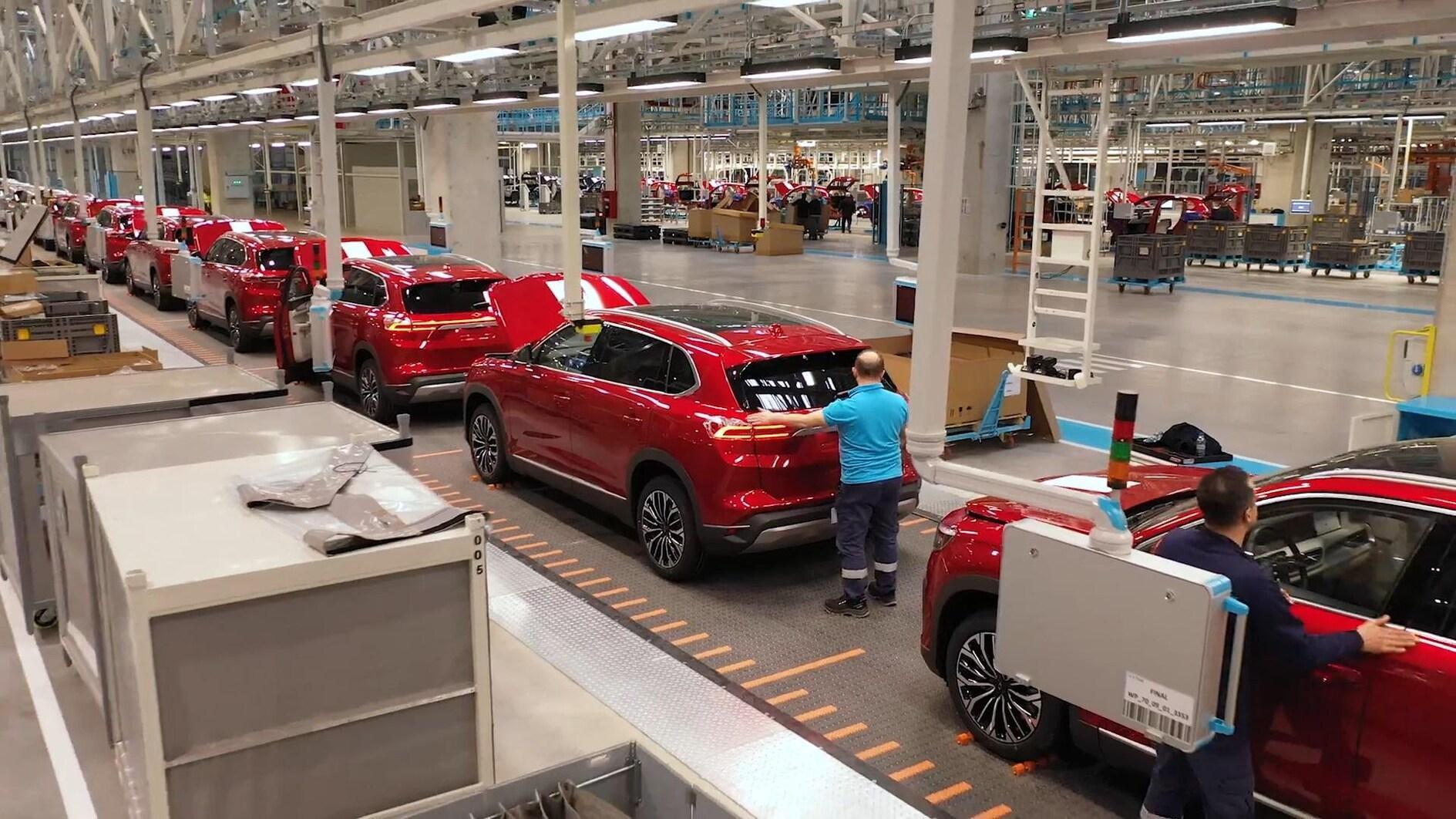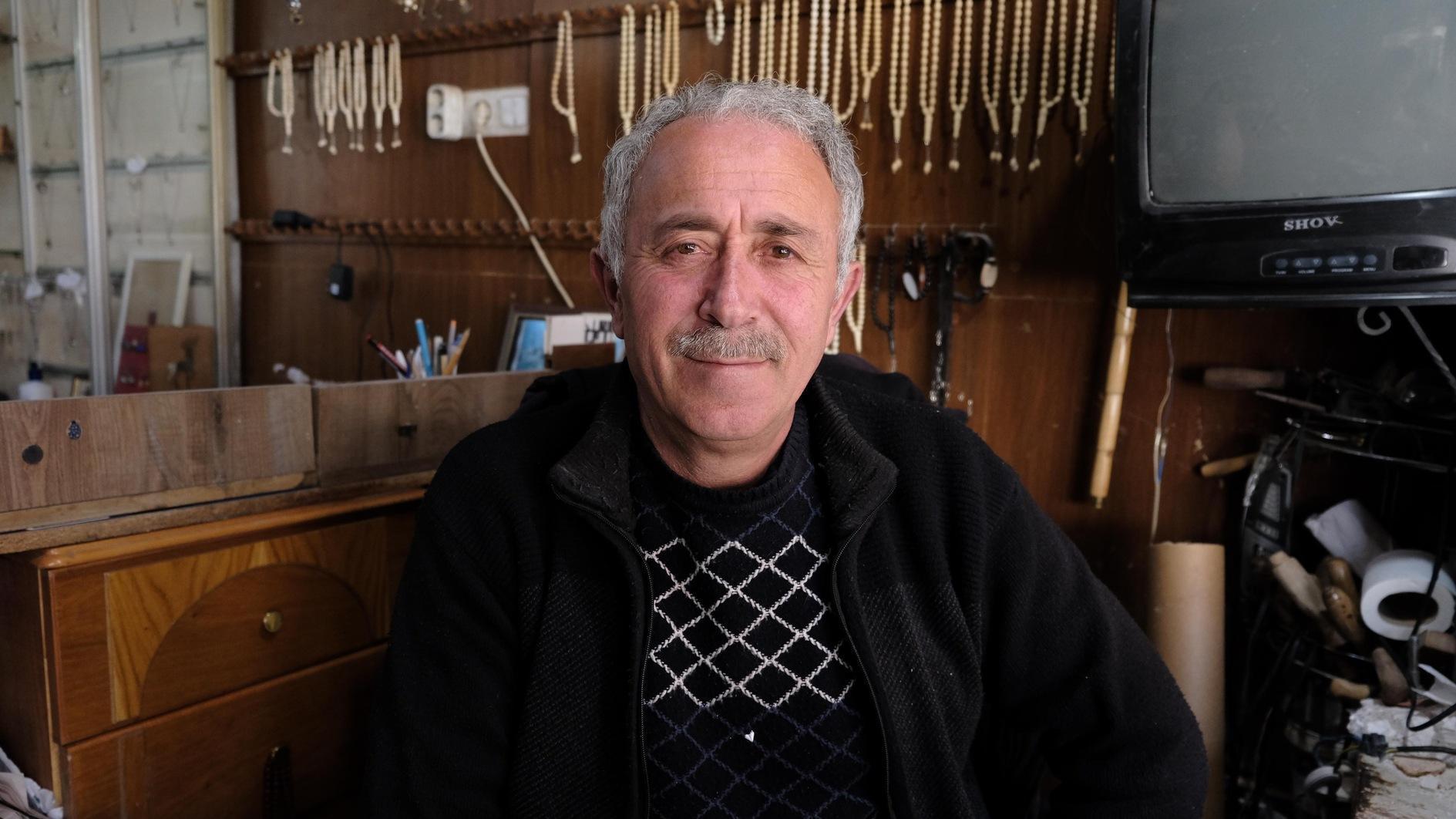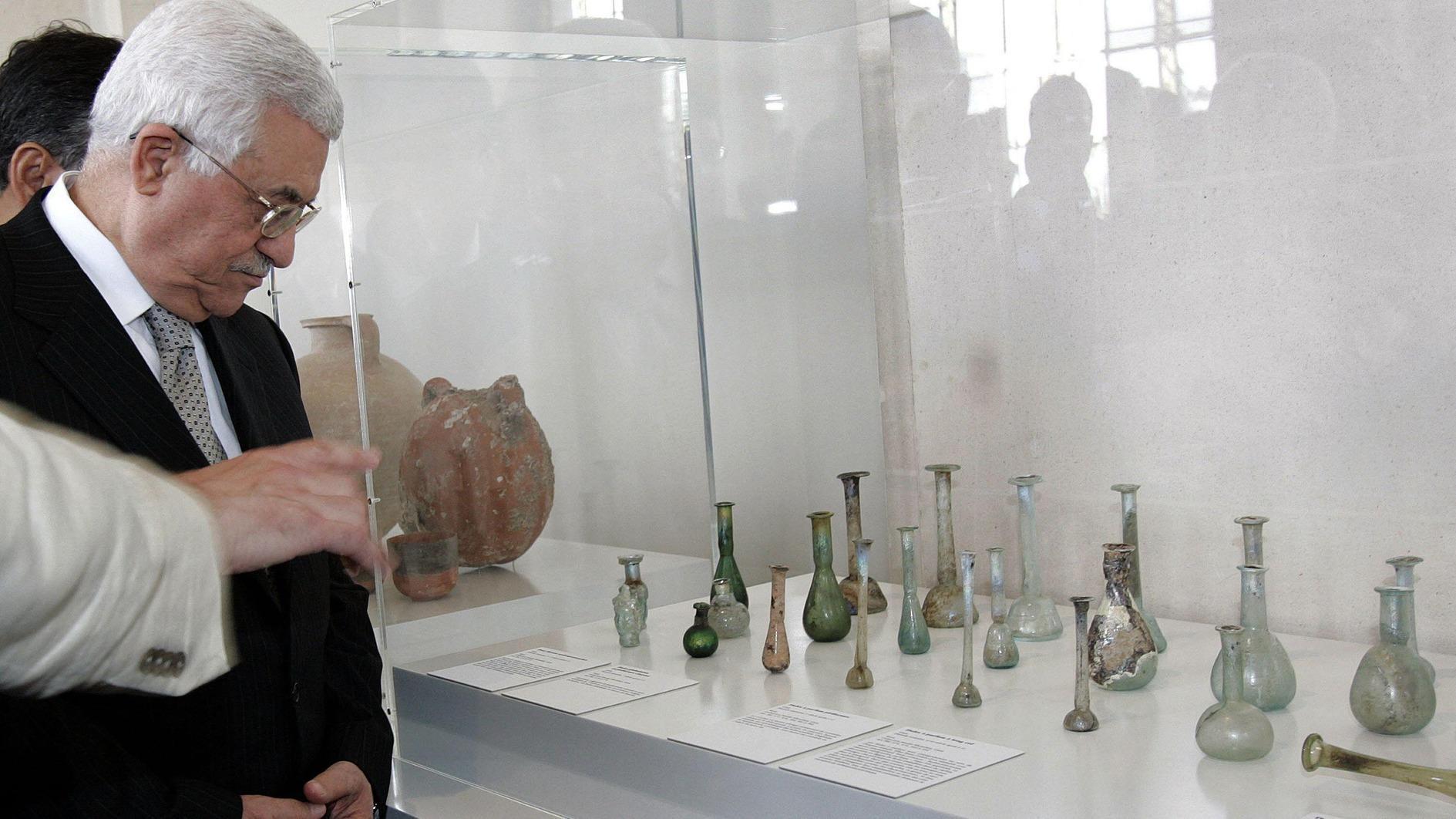Iranian elections and beyond
The latest elections for the Iranian Parliament (the Majlis) and the Assembly of Experts took place on Feb. 26, 2016. Since the signing of the breakthrough nuclear agreement, the joint Comprehensive Plan of Action, between Iran and the P5+1 countries on July 2015, and the gradual lifting of international sanctions, the way Iran would choose to go in its domestic politics has been on the international agenda. Particularly, the battle between the hardliner and moderate camps has attracted attention worldwide for its potential impact in international politics.
The elections for the 88 members of the Assembly of Experts, which is the clerical body in charge of appointing a supreme leader if a vacancy occurs by death, was more important this time as rumors has been circulating for some time regarding the declining health of the 76-year-old Supreme Leader Ayatollah Ali Khamenei, who has held the position since Ayatollah Khomeini’s death in 1989. According to the preliminary results, candidates supported by current President Hassan Rouhani and his ally, former president Hashemi Rafsanjani, obtained a decisive majority in Tehran province, which is the country’s most populous.
At the beginning, there were more than 800 candidates signed up for the race. However, only 161 were left after the Guardian Council disqualified almost 80 percent of the candidates. The initial results indicate a significant victory for moderates as some prominent hardliners, including Ayatollah Mohammad Yazdi, the current chairman of the Assembly of Experts, and Mohammad Taqi Mesbah Yazdi, mentor of former President Ahmadinejad, are eliminated. Time will tell whether the new assembly, which will have eight-year term, will have a chance to choose the next supreme leader.
In the meantime, although the moderate gains in the 290-seat Majlis fall short of the majority, they will no doubt strengthen President Rouhani in his attempt to increase Iranian engagement with the world. While the official results are not yet announced, the performance of the moderates in the twin polls suggests that it is enough to put an end to the years of hardliner dominance in Iranian politics, signaling clear public preference for change.
More than half of Iran’s 80 million population are under 30 years old. Younger generations are weary of regime’s oppression and their country’s isolation from the world. In fact, the widespread dissatisfaction with the regime had surfaced quite a long time ago with the protests against the disputed presidential elections in 2009 under the Green Movement. While the regime suppressed the demonstrations at that time, the results of the latest elections clearly showed that it already failed morally, and even the widespread disqualifications of candidates by the Guardian Council was not able to prevent moderates to achieve the success.
Nevertheless, both the parliament and the president have limited and symbolic powers in the Iranian hybrid political system, whereas the supreme leader has the ultimate power. The system is not likely to change significantly in the foreseeable future. Thus expecting a sudden fundamental transformation would be naïve, though the results might spark the beginning of long overdue reforms.
As for regional politics, the divergences among Iranian Shiite clerics do not extend much beyond its borders as most of Iranian nationalistic rhetoric and Shiite-centric bloc politics in the Middle East are shared among its political leaders. The desire to achieve a leading regional status is also considered somewhat destiny for the country and shared by many in Iran. Thus, the rise of moderates in Iran will not radically change its regional ambitions and its policies in Iraq, Syria, Lebanon, Bahrain, and Yemen.











